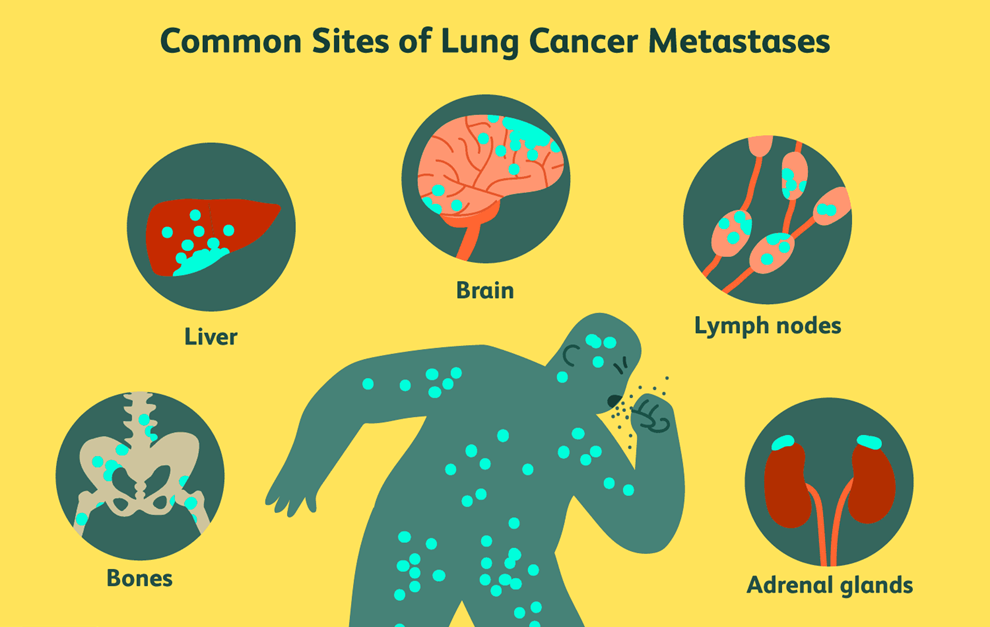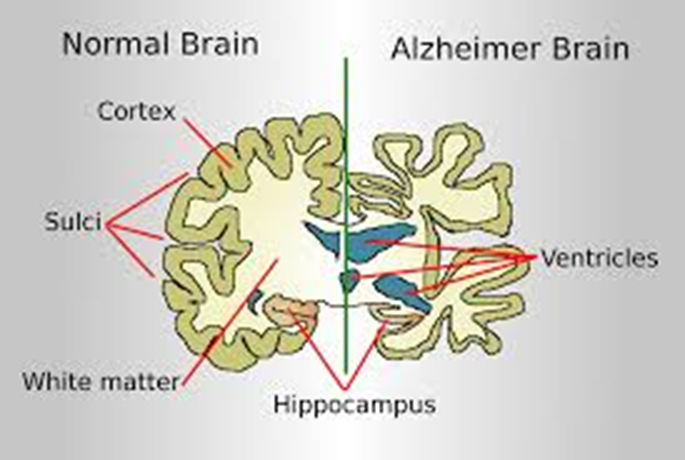A nurse in an acute care facility is planning care for a client with a history of alcohol use disorder who is admitted while intoxicated. Which of the following interventions should the nurse implement?
Implement seizure precautions.
Monitor for orthostatic hypotension.
Administer methadone hydrochloride.
Acidify the client's urine.
The Correct Answer is A
Choice A reason:
Implementing seizure precautions is a critical intervention for a client with a history of alcohol use disorder who is admitted while intoxicated. Alcohol withdrawal can lead to seizures, which can be life-threatening. Seizure precautions include maintaining a safe environment, having emergency medication and equipment ready, and monitoring the client closely for signs of seizure activity.
Choice B reason:
Monitoring for orthostatic hypotension is important, especially if the client is experiencing withdrawal symptoms, as dehydration and electrolyte imbalances can occur. However, it is not as immediately critical as implementing seizure precautions for a client who is currently intoxicated.
Choice C reason:
Administering methadone hydrochloride is not an appropriate intervention for alcohol intoxication or withdrawal. Methadone is used for opioid use disorder, not alcohol use disorder, and could be harmful if given to a client with alcohol intoxication.
Choice D reason:
Acidifying the client's urine is not a standard intervention for alcohol intoxication or withdrawal. This intervention is more commonly associated with managing certain drug overdoses or poisonings to increase the elimination of the substance.
Nursing Test Bank
Naxlex Comprehensive Predictor Exams
Related Questions
Correct Answer is A
Explanation
Choice A reason:
Suppression is a conscious defense mechanism where an individual intentionally avoids thinking about disturbing thoughts or feelings. In this case, the client is choosing to delay addressing the reality of their diagnosis until after a significant family event. This can be seen as a temporary coping strategy to manage overwhelming emotions, but it may become maladaptive if overused or if it prevents the client from seeking necessary treatment and support.
Choice B reason:
Compensation involves overachieving in one area to make up for deficiencies in another. The client's statement does not suggest that they are trying to compensate for their illness by excelling in other areas of life; rather, they are postponing the emotional processing of their diagnosis.
Choice C reason:
Regression is a return to earlier stages of development and coping strategies, often under stress. The client's statement does not indicate a regression to more childlike behaviors or earlier developmental stages.
Choice D reason:
Sublimation is a way of channeling unacceptable impulses into socially acceptable actions. The client's statement does not reflect the use of sublimation, as they are not redirecting their feelings about the diagnosis into a different, more acceptable outlet.

Correct Answer is ["B","C","E"]
Explanation
Choice A reason:
Placing the client in a reclining chair is not a recommended intervention for managing wandering behavior. While it might seem like a way to keep the client stationary, it does not address the underlying issue of wandering and can lead to discomfort or pressure sores if the client remains in the chair for extended periods.
Choice B reason:
Installing sensor devices on outside doors is an effective intervention. These devices can alert caregivers when the client attempts to leave the house, thereby preventing wandering and potential falls. This measure enhances safety by providing immediate notification of the client's movements.
Choice C reason:
Positioning the mattress on the floor can help prevent injuries from falls. If the client rolls out of bed, the risk of injury is minimized because the fall distance is significantly reduced. This is a practical solution for clients who are prone to falling out of bed.
Choice D reason:
Encouraging physical activity prior to bedtime can be beneficial for overall health but may not be the best strategy for managing nighttime wandering. Physical activity should be balanced and not too close to bedtime, as it can sometimes lead to increased alertness rather than promoting sleep.
Choice E reason:
Putting locks at the top of doors is a useful safety measure. Clients with Alzheimer's disease may not notice or be able to reach locks placed higher up, which can prevent them from wandering outside unsupervised. This intervention helps ensure the client's safety by restricting access to potentially dangerous areas.

Whether you are a student looking to ace your exams or a practicing nurse seeking to enhance your expertise , our nursing education contents will empower you with the confidence and competence to make a difference in the lives of patients and become a respected leader in the healthcare field.
Visit Naxlex, invest in your future and unlock endless possibilities with our unparalleled nursing education contents today
Report Wrong Answer on the Current Question
Do you disagree with the answer? If yes, what is your expected answer? Explain.
Kindly be descriptive with the issue you are facing.
